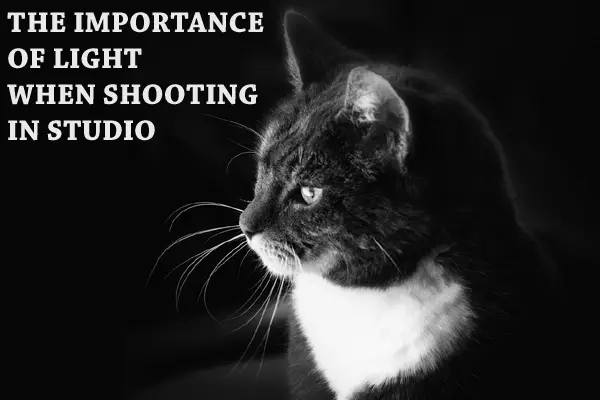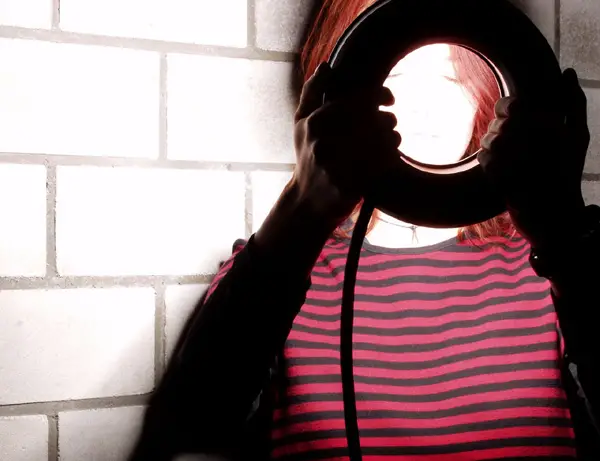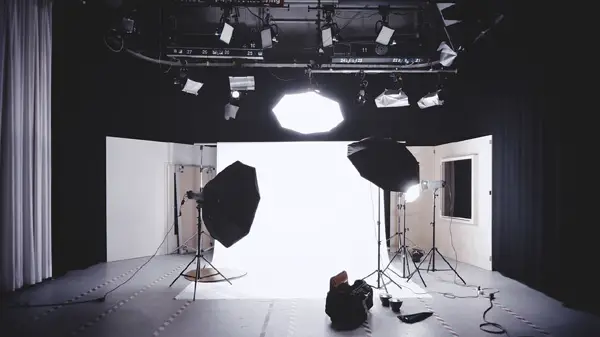One of the most important things about professional photography is lighting. Light is the one element that can make or break a photo shoot. Having the correct lighting at the right time is of the utmost importance.
 Yet, many photographers, especially beginners, tend to overlook this fact.
Yet, many photographers, especially beginners, tend to overlook this fact.
Every aspect of photography relies heavily on lighting. After all, light is the element of nature that allows us to see, and allows a camera to capture an image of reality. Not only is having light important, but having the correct kind of light is equally important, whether it be lighting for the background, a ring light for makeup, front lighting, or any other kind. Being able to highlight details on a face won’t be possible with light coming from behind the person, for example, nor is a silhouette possible with front lighting. Having the right lighting for the right situation is the key to successful photography.
 Image courtesy of Pixabay
Image courtesy of Pixabay
Anyone who is wanting to set up their own studio, whether it be as their own home studio as a hobby or a professional rig in a professional setting, should learn how to make use of lighting to their advantage. Those who are new to photography can always use a few tips on how to get started, so we have included a few notes to keep in mind while creating your first studio.
Use A Naturally Dark Room
Any room that you wish to use as a studio should be naturally dark. That means it would be ideal to not have any other light source in the room that is not meant for photography, including overhead lights or even windows. Having other light sources other than the ones that you are specifically using for your shoot can lead to unexpected and unwanted results. If you have no choice but to use a room that has windows, then make sure they are covered up to keep out as much sunlight as possible.
 Image courtesy of Pixabay
Image courtesy of Pixabay
Use the Right Light Source
Different types of photos are going to need different kinds of light sources. Which kind you will use will depend heavily on what types of photos you will be taking and how you want them to look. For example, if you want consistent colors without dark shadows, using a broad light source will help keep shadows to a minimum and ensure that light is distributed evenly across the area. On the other hand, getting heavy shadows is best with a narrow light source. Use whichever light sources are going to give you the best results.
Reposition Your Light Sources
Many instructions on how to set up the perfect lighting for your shoots are littered all over the internet, with many giving specific instructions on how to position your light sources just right. What many fail to mention, however, is that light sources will interact with different objects at different angles in ways that are often unexpected. Even though you may have positioned your light sources just right for one shoot, don’t be afraid to reposition them for another if you aren’t getting the results that you desire. Take your time and move your light sources around to get the optimal effect for each specific shoot.
 Image courtesy of Pixabay
Image courtesy of Pixabay
Use the Sun as a Light Source
It was mentioned before about the advantages of using a broad light source in certain instances. If you are having trouble with finding the right kind of light to give you the desired effect in your broad lighting, maybe it’s time to try using the sun. After all, there are no other light sources available that are as broad as the sun. Furthermore, certain specific looks may only be achievable by using sunlight, and other light sources meant to give a similar look may not work the way you want. Don’t be afraid to move your shoot outdoors if the lights you have just aren’t working for the shoot.
Don’t Be Afraid to Experiment
Finding instructions on getting just the right look with your light sources can be a big help, but sometimes there is a specific look that you want to get that just isn’t working out with what you have, or the positions that you are trying. In cases like this, the only way you are probably going to get the results that you want is by experimenting. Just try using different kinds of light sources together, and don’t be fixated on the rules of studio lighting. Be bold, and don’t be afraid to try something new.
Ask A Professional
Those who are new to photography may have many other questions about getting the right lighting for your shoots. Don’t be afraid to ask a seasoned professional for further tips. These few simple tips along with any advice given to you by photography veterans should help you get started with turning your photo sessions into quality shoots. There are many courses also on studio lighting, and a local in person course where you actually get to be in the space is often much better than an online course.
For more on studio lighting, check out this article.









2 comments